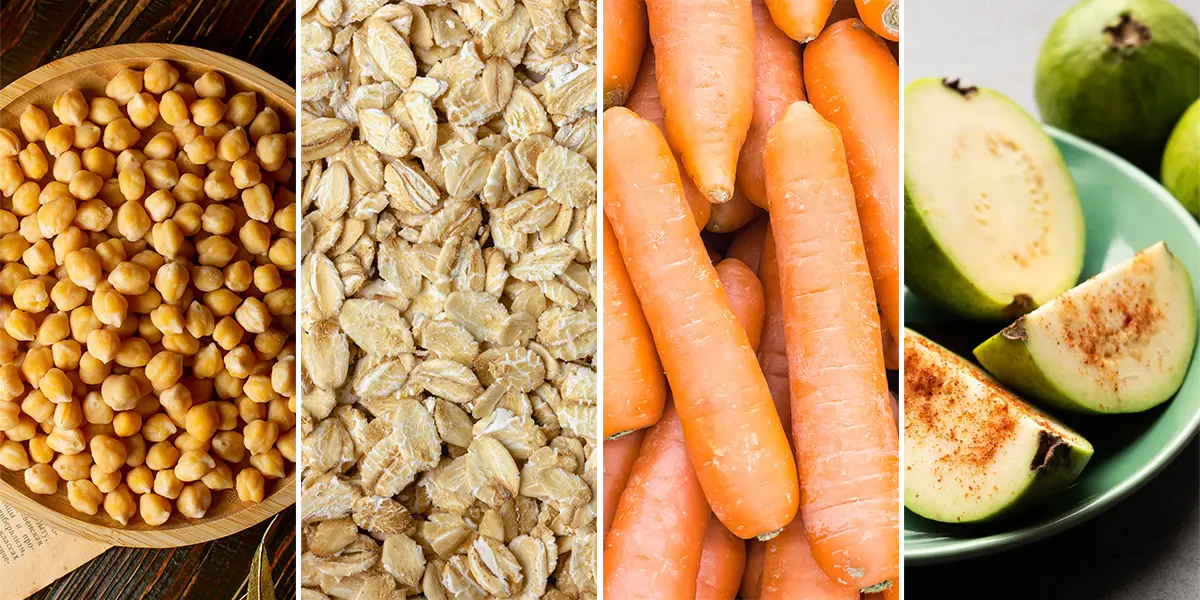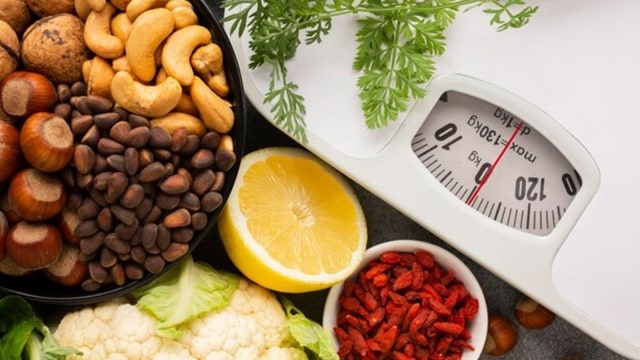When it comes to achieving long-term weight balance, low-glycemic foods for weight control play a powerful role. These foods digest slowly, keep blood sugar levels stable, and help prevent sudden hunger spikes. Unlike processed snacks that cause energy crashes, low-glycemic index foods provide steady fuel for your body. Choosing options like whole grains, vegetables, lean proteins, and healthy fats supports better appetite control. By focusing on low GI foods, you can reduce cravings, improve satiety, and naturally manage your daily calorie intake. This approach encourages consistent progress toward healthier eating habits without extreme dieting.

What Are Low-Glycemic Foods?
Low-glycemic foods are those that rank lower on the glycemic index, meaning they have a gradual effect on blood sugar. Foods such as beans, lentils, non-starchy vegetables, and certain fruits fall into this category. Unlike high-glycemic foods that trigger quick spikes and drops in glucose, low GI foods release energy steadily. This stability reduces hunger pangs, supports focus, and prevents overeating later in the day. Including fiber-rich foods and complex carbohydrates is a simple way to adopt a low-glycemic diet for daily balance and improved weight management.
Benefits of Low-Glycemic Foods
Eating low-glycemic foods for weight control offers several benefits. First, they slow digestion, which promotes satiety and prevents snacking between meals. Second, they support blood sugar control, reducing the risk of insulin spikes that lead to fat storage. Third, they encourage steady energy levels, which makes workouts more effective. Many low GI foods are also nutrient-dense, rich in vitamins, minerals, and antioxidants that strengthen overall health. This balance makes it easier to maintain a healthy diet without feeling deprived. By making small changes—such as swapping white rice for quinoa or white bread for whole-grain bread—you create a consistent path toward sustainable weight loss.

Examples of Low-Glycemic Foods
There are plenty of tasty and versatile low-glycemic foods you can add to your meals:
- Whole grains: quinoa, barley, oats
- Legumes: beans, lentils, chickpeas
- Fruits: apples, berries, oranges
- Vegetables: spinach, broccoli, carrots
- Proteins: fish, eggs, skinless chicken
- Healthy fats: avocado, nuts, olive oil
Each of these low GI foods supports fullness and prevents unnecessary snacking. For example, pairing oats with berries creates a nutrient-rich breakfast that keeps hunger away for hours. Combining lean protein with vegetables at lunch helps maintain energy through the afternoon. By planning meals with these foods, you naturally reduce cravings and improve weight control.
Practical Tips for a Low-Glycemic Diet
Transitioning to a low-glycemic diet does not require complicated steps. Begin by replacing refined carbs with complex carbs like brown rice or quinoa. Add more fiber-rich foods such as leafy greens and beans to daily meals. Focus on balanced meals that combine low GI carbs, lean proteins, and healthy fats. Snack smart by choosing nuts, Greek yogurt, or a small piece of fruit instead of sugary treats. Drink plenty of water to aid digestion and curb false hunger signals. Keeping meals simple yet nutrient-dense ensures consistent results. Over time, your taste buds adapt, and low-glycemic foods for weight control become the natural foundation of your eating habits.
Conclusion
Incorporating low-glycemic foods for weight control supports lasting health, reduces cravings, and helps manage appetite. By choosing low GI foods such as whole grains, legumes, and vegetables, you enjoy steady energy and balanced nutrition. This approach not only aids weight management but also improves overall well-being. A consistent low-glycemic diet is the key to sustainable, long-term success.
